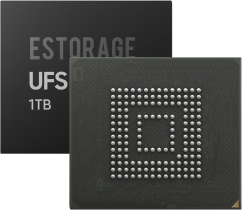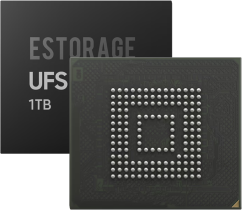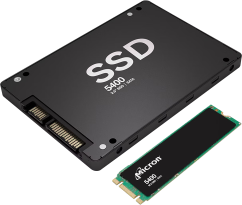Product description
The Qualcomm PM-6650-84BCCS-TR-SM-2M is engineered to meet the demands of modern electronic devices, particularly in the mobile and embedded sectors. Its architecture is optimized for high efficiency and low power consumption, making it ideal for battery-powered applications.
The PMIC integrates several power management functions into a single chip, reducing the need for multiple discrete components. This integration not only saves space but also simplifies the design process, allowing engineers to focus on other critical aspects of their projects.
In terms of performance, the PM-6650 excels in delivering stable and reliable power to various system components. Its advanced control algorithms ensure that output voltages remain within specified limits, even under varying load conditions. This stability is crucial for maintaining the performance of sensitive electronic components.
The device's compact package and flexible configuration options make it suitable for a wide range of applications, from smartphones and tablets to IoT devices and industrial equipment. Its ability to support multiple output voltages and currents allows it to adapt to different system architectures, providing a versatile solution for power management.
Overall, the Qualcomm PM-6650-84BCCS-TR-SM-2M stands out as a robust and efficient power management solution, designed to meet the evolving needs of modern electronic devices while ensuring reliability and performance.
Specification parameters
Input Voltage Range: The PMIC typically operates within a specified input voltage range, which is crucial for compatibility with different power sources. This range is designed to accommodate standard battery voltages and power supply levels.
Output Voltage Range: The device can generate multiple output voltages, which can be adjusted based on the requirements of the connected components. This range is essential for powering various devices that may have different voltage needs.
Output Current Rating: The PM-6650 is capable of delivering a specified maximum output current per channel, ensuring that it can adequately power high-demand components without performance degradation.
Switching Frequency: The PMIC operates at a defined switching frequency, which affects its efficiency and response time. A higher frequency can lead to smaller passive components, while a lower frequency may improve efficiency.
Thermal Performance: The device is designed to operate within a specified temperature range, ensuring reliable performance in various environmental conditions. Its thermal management features help maintain optimal operating temperatures.





